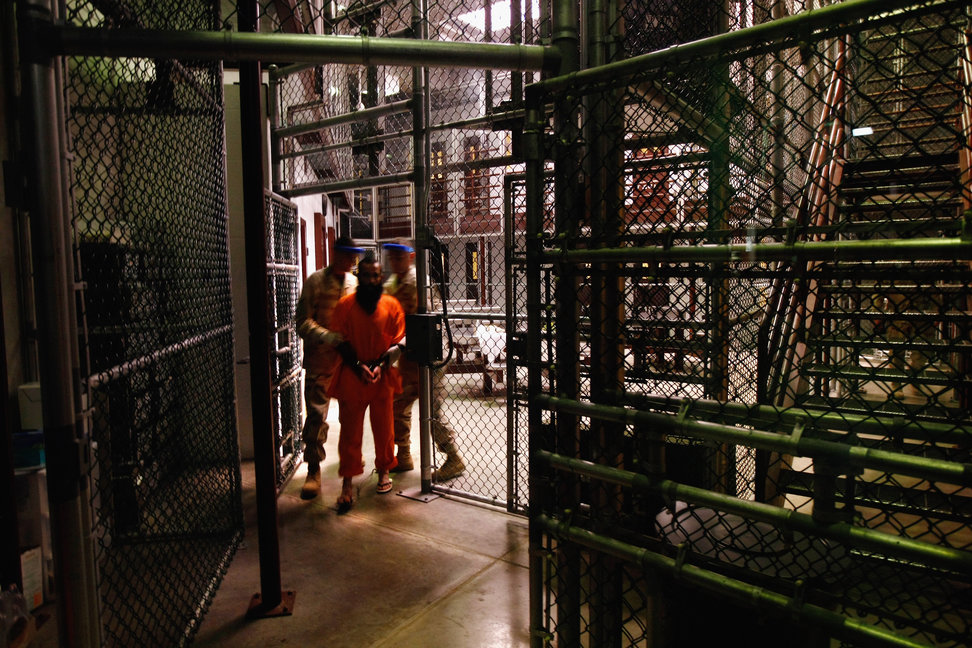It is only natural that the steep decrease in oil prices throughout the last two weeks, after the US assassinating top Iranian general and El Quds forces leader Qassim Soleimani and Iran’s retaliation by bombing an American military facility in Iraq, has posed many serious questions. Why did this happen to begin with despite most international analysts expecting the exact opposite and, also, what does it really mean for the future development, at least in the short to medium term, of what arguably is the modern world’s most important natural resource?
From where I stand, the reason for it to happen the way it happened can be summarised in four major components. First of all, it would of course be the outbreak of the new “Corona Virus” strain, almost immediately causing a slump in travel figures, not only to and from China, but actually worldwide, especially after the virus pretty soon exceeded Chinese borders, negatively impacting jet fuel purchases by the airline industry, which, according to figures released by the “International Air Transport Association” represents roughly 6% of total worldwide oil demand at a value of about $188bn in 2019 only. That is more than $15bn monthly, based on an average Brent price of $65 per barrel.
Then, we would also have to note that the expectations of most experts pointing towards a gradual decrease of American shale oil production simply turned out to be wrong and up to this point in time we have nothing indicating that this could change anytime soon. To the contrary, shale oil will have considerably contributed to US recoverable oil reserves reaching 293bn barrels exceeding Saudi reserves by about 20bn barrels and those of Russia by almost 100bn according to a report of British oil giant BP.
Also, the quite obvious fragility in the OPEC+ agreement to cut production to support prices is exposing the market to severe pressures. Notwithstanding the Saudis having promised they will stick to their obligations in said agreement, even if others don’t.
A country like Nigeria for example has to carry the burden of a budget deficit amounting to 4.52% after having had a surplus of 0.38% back in 2011. Oil revenues will certainly be crucial to make up for at least part of that, making an increase in production possible, if not likely, at any given point in time. The same will probably apply to Iraq that managed to turn a 14.3% deficit of 2016 into a 6.2% surplus by 2018, exactly because they increased oil production and exports. They surely don’t want to lose that edge and once they feel it happening, they will doubtlessly break the OPEC+ agreement as well.
The final reason however, and the way I see it the most important one, is probably the recent severe escalation of the US-Iran crisis as opposed to what most believed that Brent prices will skyrocket and eventually breaking the $70 barrier. Actually, that is exactly what it looked like in the first couple of days when the price occasionally rose above the $68 threshold given the lack of clarity pertaining to what both parties might be doing, with many believing that their recklessness might very well cause a large scale war in the oil rich Middle East. As we all know, however, this didn’t happen. The Iranian response to the Soleimani killing by targeting an almost deserted US military facility in Iraq was more an act for domestic consumption and to absorb the anger in Iran’s streets than an actual revenge. And right the next day we heard Trump talking about the “great Iranian people” and America’s wish to talk with Tehran as long as they give up their nuclear ambitions.
In that night only, Brent sank by a full $2 and everybody thought that it would soon settle at pre-crisis levels around $65-66. What that prediction obviously did neglect was a new feeling of certainty that is expressed by most stakeholders, that both sides will not engage into whatever serious military activity, no matter what given foreseeable heavy losses for everybody involved. Prior to the escalation this was anything but sure, now it was. Hence, prices fell to levels even lower than before it all started. At the time of writing this article we are talking about fairly under $60 (a 6% loss in one week only) and we have absolutely no reason to believe that this will noticeably change anytime soon, at least not before the end of 2020’s second quarter.
What the three raiders of the lost barrel – Iran, the US, and OPEC – need to understand is the fact that what they do might be driving oil prices up and down but that they at the same time usually cannot simply do whatever it is they want to do.
Mohamed Shirin El Hawary, Political Economist



